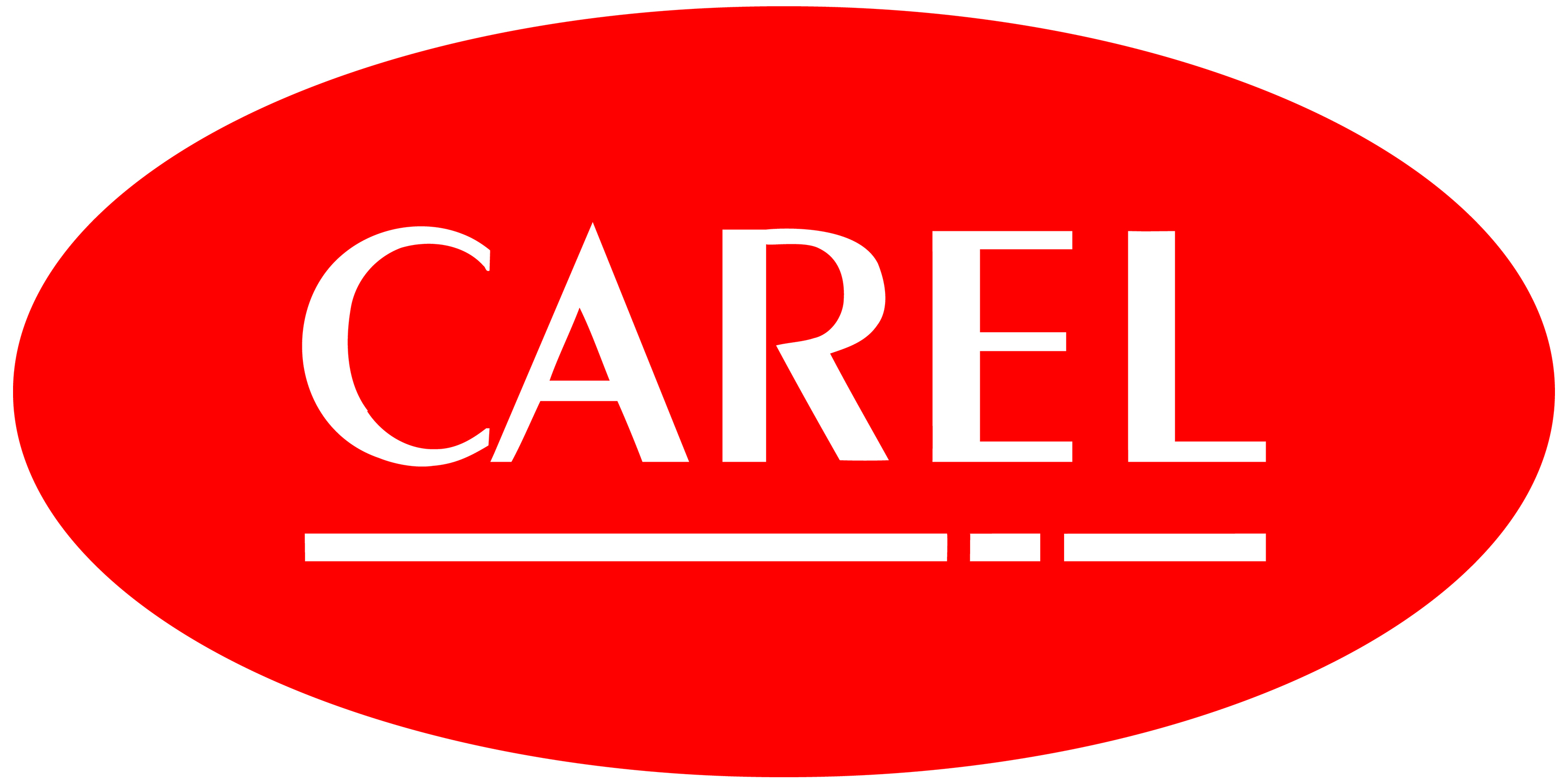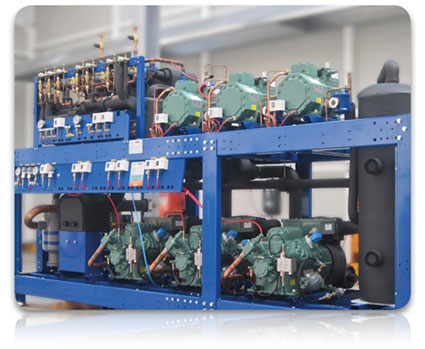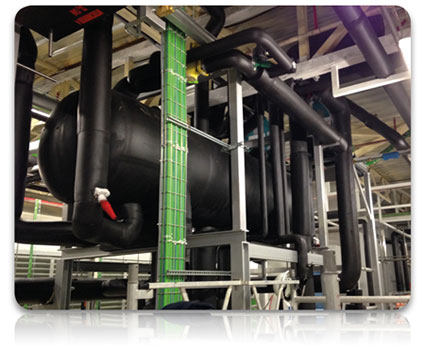Subcritical cycle
Cascade |
Pumped |
|
|
In subcritical cascade systems, CO2 is used as the refrigerant for the low temperature stage (compressor suction temperature -30/-35°C). The heat from condensation of the CO2 is absorbed by the refrigerant in the medium temperature stage. This process takes place via a cascade heat exchanger between the two refrigerants.
...more |
In subcritical pumped systems, CO2 is used as the refrigerant for both stages (if featured), low and medium temperature. In these systems, CO2 is a secondary refrigerant, and the primary circuit, typically a chiller using HFCs/HCs, has the task of cooling the liquid CO2, which is then pumped inside the system; this process also takes place via a heat exchanger, with the addition of a liquid receiver and a pump.
...more |
|
|
|
||
Cascade |
|
|
This solution is ideal for using a natural refrigerant in places with high average temperatures; subcritical CO2 cascade systems are normally used in hot climates or as the first stage in using CO2 as refrigerant. Cascade systems comprise two circuits, one medium temperature (typically R134a, R404a or NH3) and one low temperature (R744), connected via one or more heat exchangers, normally plate exchangers, which on one side condense the CO2 and on the other act as normal evaporators for the medium temperature circuit.. Advantages:
Critical:
|
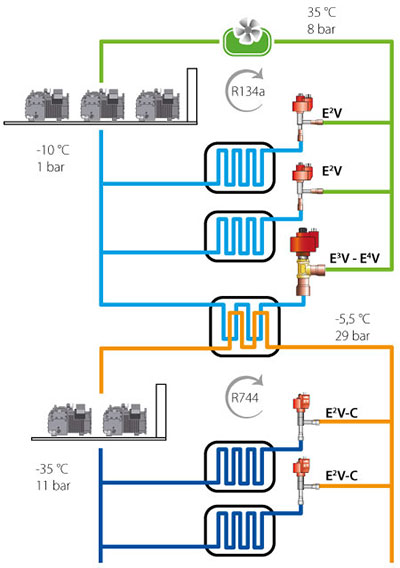 |
CAREL solution
- pRack pR300 + EXV: the compact CAREL solution for complete control and management of standard compressor racks, designed especially for subcritical CO2 systems; the solution includes a driver for two-pole stepper motors to independently control two electronic expansion valves;
- MPXPRO + E2V: the advanced CAREL Retail System solution for complete and integrated control of multiplexed showcases;
- Ultracap:ensures complete closing of the valves (on the heat exchanger and showcases) even when there are sudden mains power failures.

Pumped |
|
|
The medium temperature showcases are supplied with pumped liquid CO2 while the low temperature showcases are fitted with expansion valves. The CO2 is cooled by a dedicated chiller (NH3 or R134a) inside a tank, normally with a tube bundle evaporator. In addition to traditional systems, these also include pumps that circulate the liquid CO2 to the medium temperature evaporators, where it is not expanded, but rather is simply superheated, returning to the receiver in the semi-liquid phase Advantages:
Critical:
|
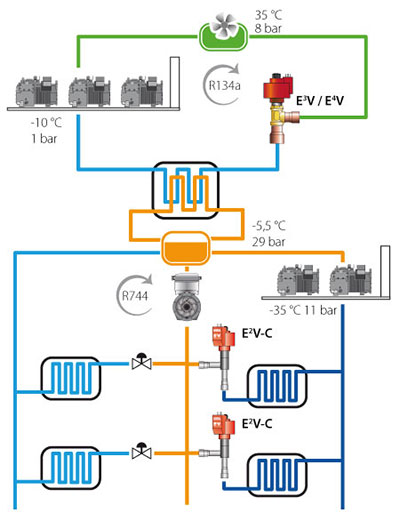 |
CAREL solution
- pRack pR300 + EXV:the compact Carel solution for complete control and management of CO2 compressor racks, designed especially for subcritical CO2 systems; the solution includes a driver for two-pole stepper motors to independently control two electronic expansion valves;
- MPXPRO + E2V:the advanced CAREL Retail System solution for complete and integrated control of multiplexed showcases;
- Ultracap:ensures complete closing of the valves (on the heat exchanger and showcases) even when there are sudden mains power failures.

